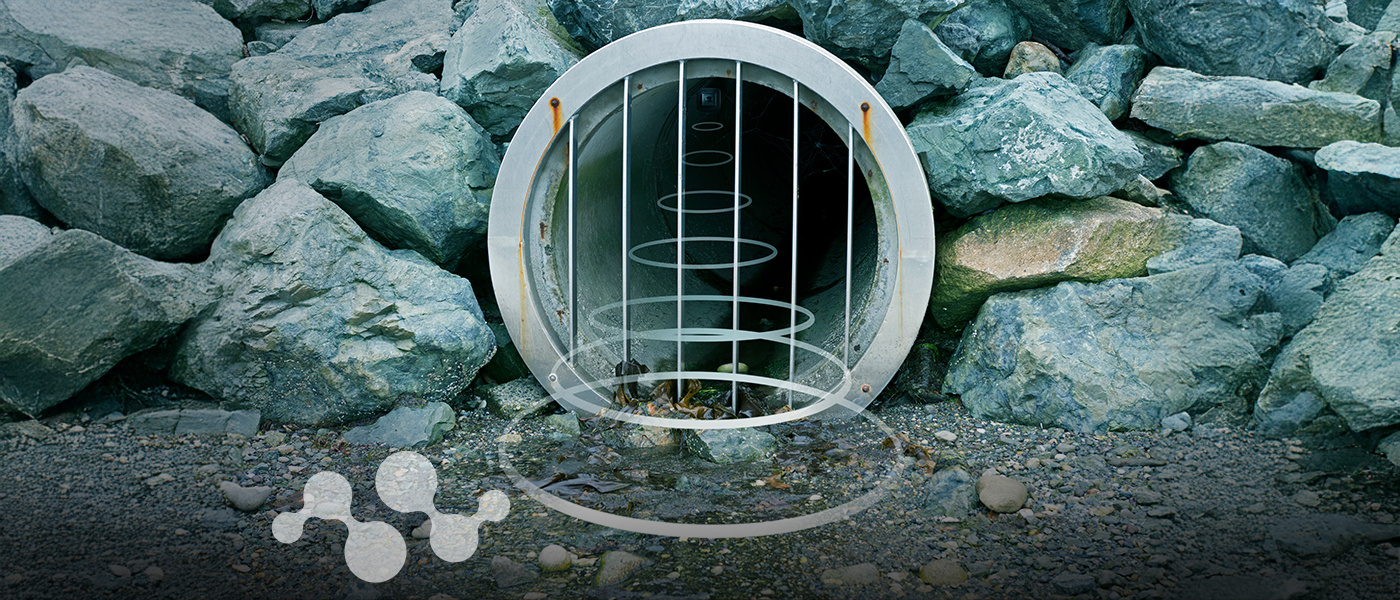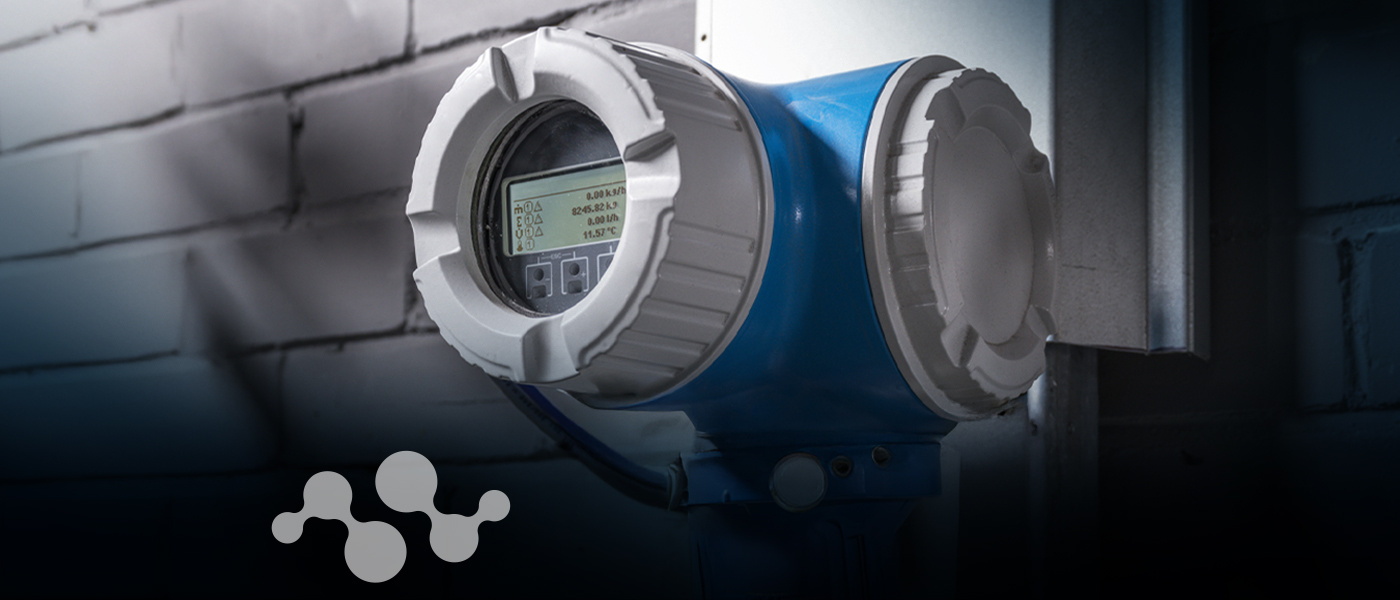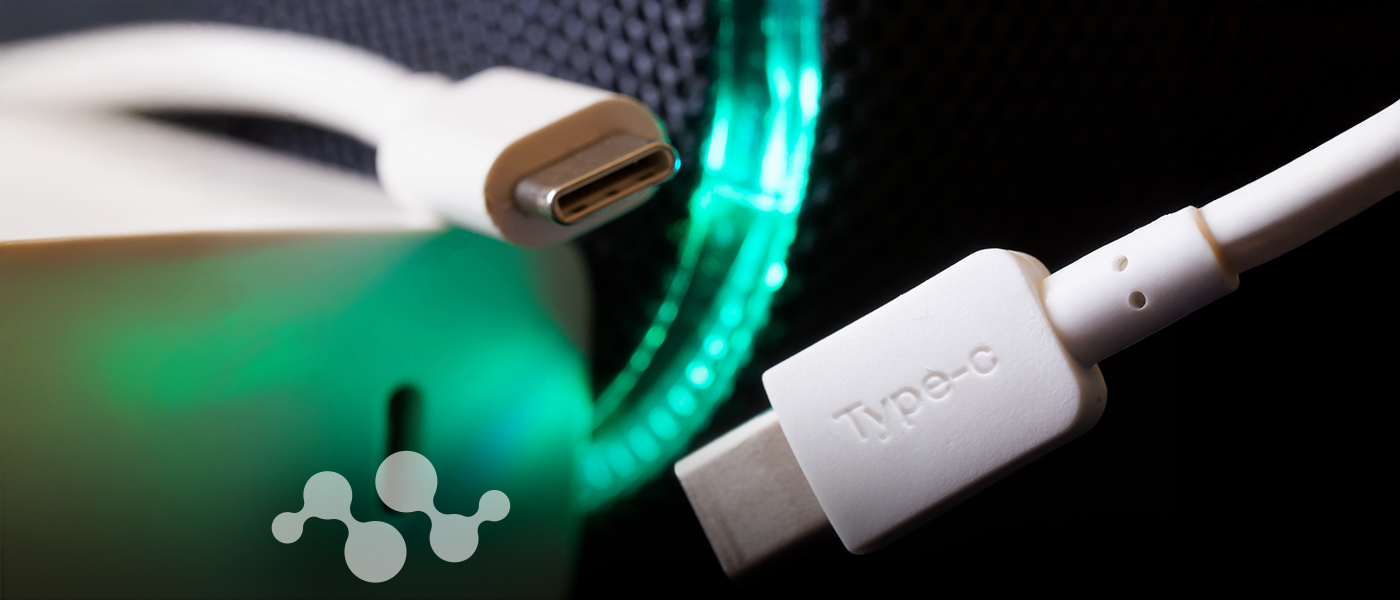Overview
The GS6080 is a high-speed BiCMOS integrated circuit designed to drive one or two 75 Ohms coaxial cables. The GS6080 may drive data rates up to 5.94Gb/s and provides two selectable slew rates in order to achieve compliance to SMPTE ST 424, SMPTE ST 292 and SMPTE ST 259.
Order Codes
- GS6080-INE3: Lead-Free, RoHS Compliant, Tray-490 Pieces
- GS6080-INTE3: Lead-Free, RoHS Compliant, Tape and Reel-250 Pieces
- GS6080-INTE3Z: Lead-Free, RoHS Compliant, Tape and Reel-2500 Pieces
PB Free/ROHS
Learn More →Features
- SMPTE ST 2081, ST 424, ST 292, and ST 259-C compliant
- Supports DVB-ASI at 270Mb/s
- Supports data rates from 270Mb/s to 5.94Gb/s
- Wide common-mode range input buffer
- 100mV sensitivity
- Supports DC-coupling to industry-standard differential logic on-chip 100 Ohms differential data input termination
- Input signal trace equalization
- Differential coaxial-cable-driving output
- Selectable slew rates
- Adjustable output swing from 500mVpp to 1040mVpp
- Disable control
- Robust signal presence function
- Excellent output eye quality
- Power supply operation at +3.3V or +2.5V
- 135mW power consumption (+2.5V supply)
- Operating temperature range: -40°C to +85°C
- Small footprint QFN package (4mm x 4mm)
- Drop-in compatible to the GS2978 and GS2988
- Pb-free and RoHS compliant
| Documents | Release Date | Type | |
|---|---|---|---|
| GS6080 Datasheet | 2018-11-14 | ||
| Recommended Semtech Video Product Evaluation and Reference Design Boards | 2023-04-03 | ||
| Recommended Semtech Video Product Evaluation and Reference Design Boards | 2024-09-21 | ||
| Recommended Semtech Video Product Evaluation and Reference Design Boards | 2025-02-25 | ||
| EB-6GSRD Evaluation Board User Guide | 2019-07-17 | ||
| EB-GS6080 Evaluation Board User Guide | 2018-11-14 | ||
| GS6080 IBIS-AMI Model User Guide | 2019-07-17 | ZIP | |
| Documents | Release Date | Type | |
|---|---|---|---|
| EBK-6GSRD Evaluation Board Kit Software | 2020-08-27 | EXE | |
Applications
- SMPTE ST 2081, SMPTE ST 424, SMPTE ST 292, SMPTE ST 259 and AES10 coaxial cable serial digital interfaces
Inventory
| Product | Country | Distributor | Qty | Buy |
|---|
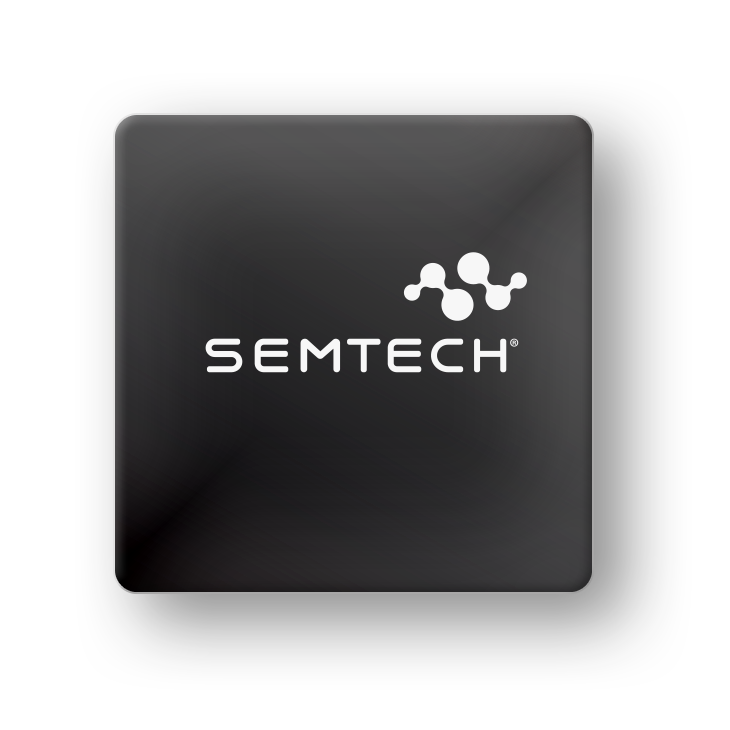

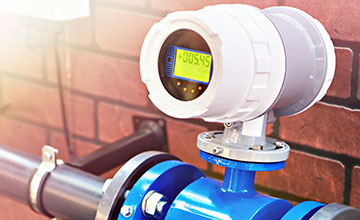

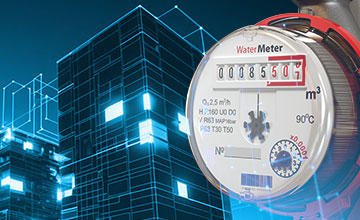












.png)













